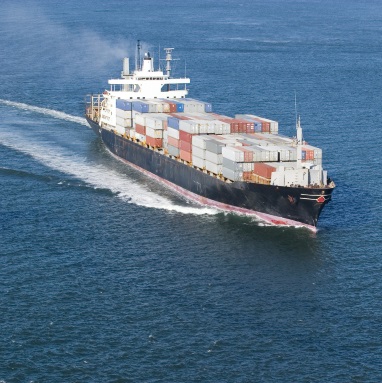Footwear exports slowdown in Brazil

According to the Brazilian Shoe Manufacturers Association (Abicalçados), the country’s footwear exports slowed down in the first three months of the year. From January to March, 31 million pairs were sold abroad, generating 259 million US dollars
This performance translates a 1.6% decrease in volume, compared to similar period last year, but a significant increase in value terms (+14.2% in US dollars).
According to Heitor Klein, Executive President of Abicalçados, the Brazilian Shoe Manufacturers Association, the devaluation of the dollar has contributed to the increase of the prices for Brazilian products (up by 16%, from 7.12 US dollars to 8.27 US dollars a pair): "At first, by looking into the figures in US dollars, exports show an increased but this is not a true increase in exports, as it reflects the US currency's undervaluation”. In fact, a strong real (Brazilian currency) results in higher prices for the Brazilian products, as the companies will face higher production costs (expressed in the Brazilian currency).
Heitor Klein believes that with the US currency stabilized at low levels, the trend is likely to fall further during the year: "The exchange rate, on a favorable level, ends up balancing the high production cost in Brazil and that reduces Brazil competitiveness abroad”.
In the first three months of the year, the main destination for Brazilian footwear was the United States, to where 3.16 million pairs were sent, generating 48 million US dollars, an increase of 16% in pairs and 3% in US dollars from similar period last year.
Second destination was Argentina, with 2 million pairs with a total value of 35.65 million US dollars, increasing both in volume (50%) and value (104.5%) in comparison with the same period of 2016. France follows with 1.8 million pairs with total value of 15.3 million US dollars, lower numbers in volume (-55%) and value (-13.3%) compared to similar period in 2016.
According to Heitor Klein, Executive President of Abicalçados, the Brazilian Shoe Manufacturers Association, the devaluation of the dollar has contributed to the increase of the prices for Brazilian products (up by 16%, from 7.12 US dollars to 8.27 US dollars a pair): "At first, by looking into the figures in US dollars, exports show an increased but this is not a true increase in exports, as it reflects the US currency's undervaluation”. In fact, a strong real (Brazilian currency) results in higher prices for the Brazilian products, as the companies will face higher production costs (expressed in the Brazilian currency).
Heitor Klein believes that with the US currency stabilized at low levels, the trend is likely to fall further during the year: "The exchange rate, on a favorable level, ends up balancing the high production cost in Brazil and that reduces Brazil competitiveness abroad”.
In the first three months of the year, the main destination for Brazilian footwear was the United States, to where 3.16 million pairs were sent, generating 48 million US dollars, an increase of 16% in pairs and 3% in US dollars from similar period last year.
Second destination was Argentina, with 2 million pairs with a total value of 35.65 million US dollars, increasing both in volume (50%) and value (104.5%) in comparison with the same period of 2016. France follows with 1.8 million pairs with total value of 15.3 million US dollars, lower numbers in volume (-55%) and value (-13.3%) compared to similar period in 2016.
















